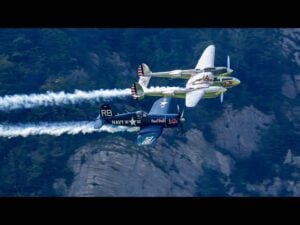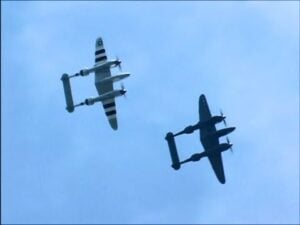The Ruthless WWII Policy Why Early RAF Pilots Took Off Without Parachutes

Timeline of War / YouTube
The Rule That Cost Lives
In the early years of air combat, young British pilots climbed into their fragile biplanes knowing that a single bullet could turn their aircraft into a fireball — and that there was no way out. When Royal Flying Corps pilots took to the skies over France in 1917, they carried maps, flares, and sidearms, but never a parachute. The rule was not an oversight or a shortage problem. It was an official policy, ordered from high-ranking officers who believed pilots should never abandon their aircraft.
Across the Western Front, German aviators were already equipped with Heinecke parachutes. These early models were not perfect, but they saved lives. Meanwhile, British command dismissed the idea entirely. Their reasoning was not about technology — it was about psychology. Major General Hugh Trenchard, head of the Royal Flying Corps, believed that giving pilots a parachute would make them more likely to escape than to fight. He argued that a true airman should struggle to save both himself and his plane, even under fire. It was a view rooted more in pride than practicality.
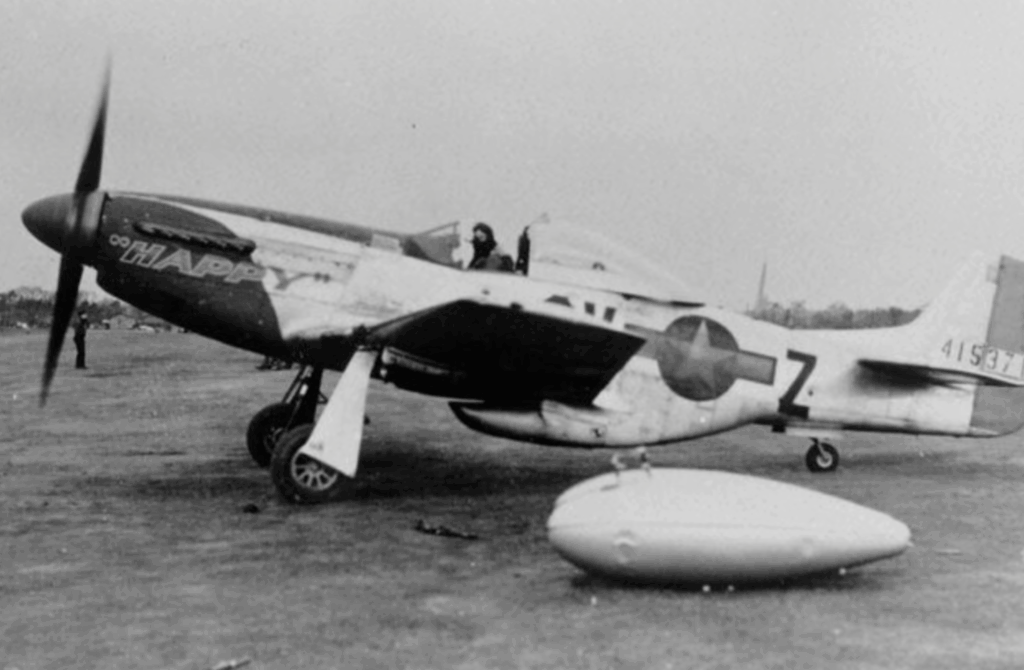
A Deadly Philosophy
This belief became official doctrine. Parachute manufacturers offered working models as early as 1914, yet the War Office rejected them. The only exception was for stationary balloon observers — men who floated over trenches, tethered and unable to maneuver. Because they were sitting targets, they were allowed parachutes. But fighter pilots, it was claimed, could “fly out of danger.” In truth, many never got that chance.
British aircraft like the SE5a and Sopwith Camel were built of wood and linen, coated in flammable varnish. A burst of tracer fire could ignite the plane instantly. The fuel tanks were placed just ahead of the cockpit, turning every hit into a potential explosion. Pilots often carried revolvers, not to fight the enemy, but to avoid burning alive. Some jumped willingly rather than face that fate. In one recorded case, a pilot who fell from 15,000 feet had nearly a full minute to watch the ground rise toward him — knowing there was nothing to stop it.
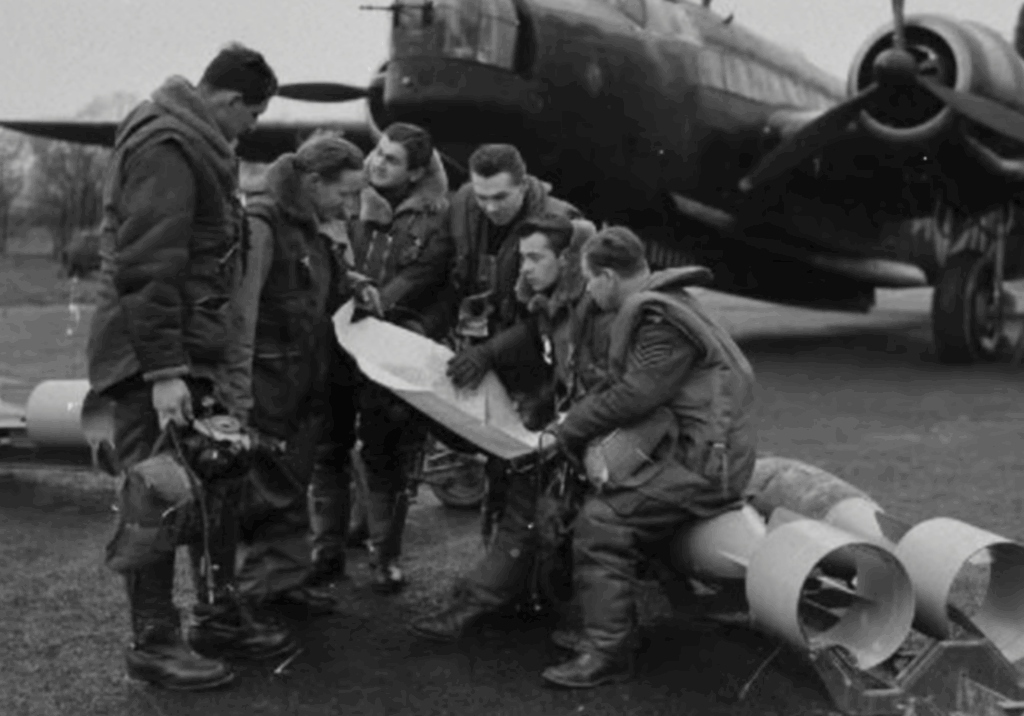
Machinery Over Men
Behind the policy was a harsh calculation. Official documents revealed that senior officers viewed planes as more valuable than the men flying them. An SE5a cost around £2,000 — a large sum in 1917 — while training a new pilot took only a few weeks. Aircraft could be salvaged; pilots could be replaced. Air Vice Marshal Sefton Brancker even wrote that parachutes might lead to unnecessary losses of “serviceable machines,” arguing that pilots might jump instead of attempting emergency landings.
This logic ignored reality. When aircraft caught fire or suffered major damage, survival was almost impossible. Few “salvageable” planes made it back. Yet the command preferred to risk men’s lives rather than risk a loss on paper. Some officers even claimed that the absence of parachutes would make pilots more careful in battle — though this contradicted their earlier claim that it would make them braver. In practice, it did neither. It only made them fatalistic.
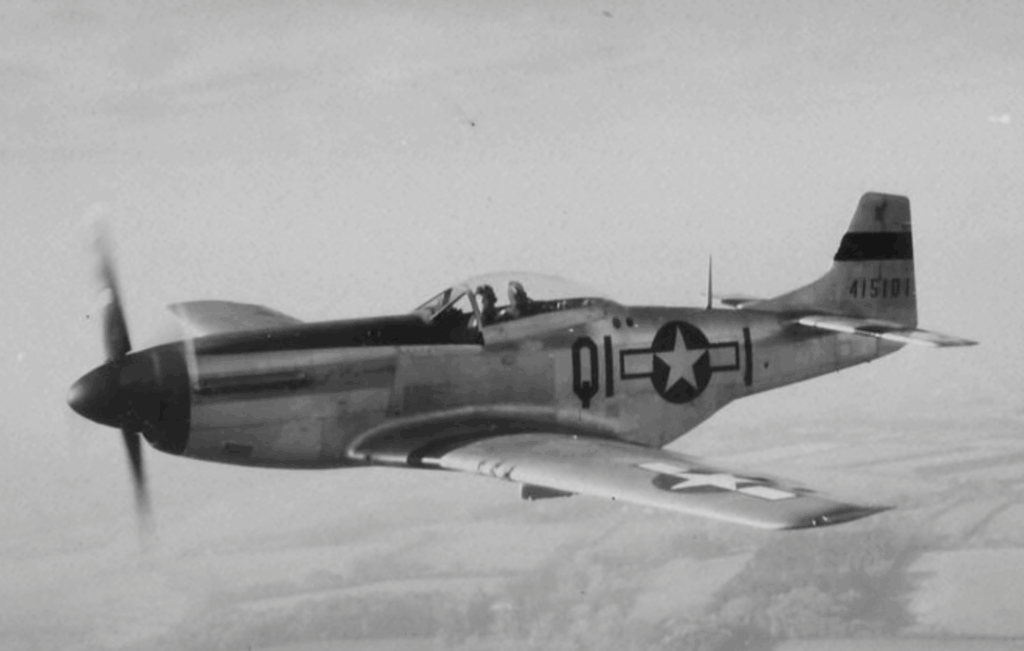
The Human Cost
Letters and diaries from the front paint a grim picture. Pilots spoke openly about their fear of “going down in flames.” Some accepted death as routine. One officer wrote that luck mattered more than skill, and that each flight felt like gambling with fate. The emotional strain caused what was called “flyer’s heart,” a form of nervous exhaustion now recognized as post-traumatic stress disorder.
Pressure from families back home eventually reached Parliament. In 1917, after pilot Major Christopher Draper and his observer were killed in a burning aircraft, Draper’s family used their connections to demand answers. They asked why British pilots were denied safety gear that clearly existed and worked. The Air Board’s response was the same — that parachutes would “weaken morale” and risk valuable equipment. But the issue would not go away. More letters came from grieving families who knew their sons might have lived had policy been different.
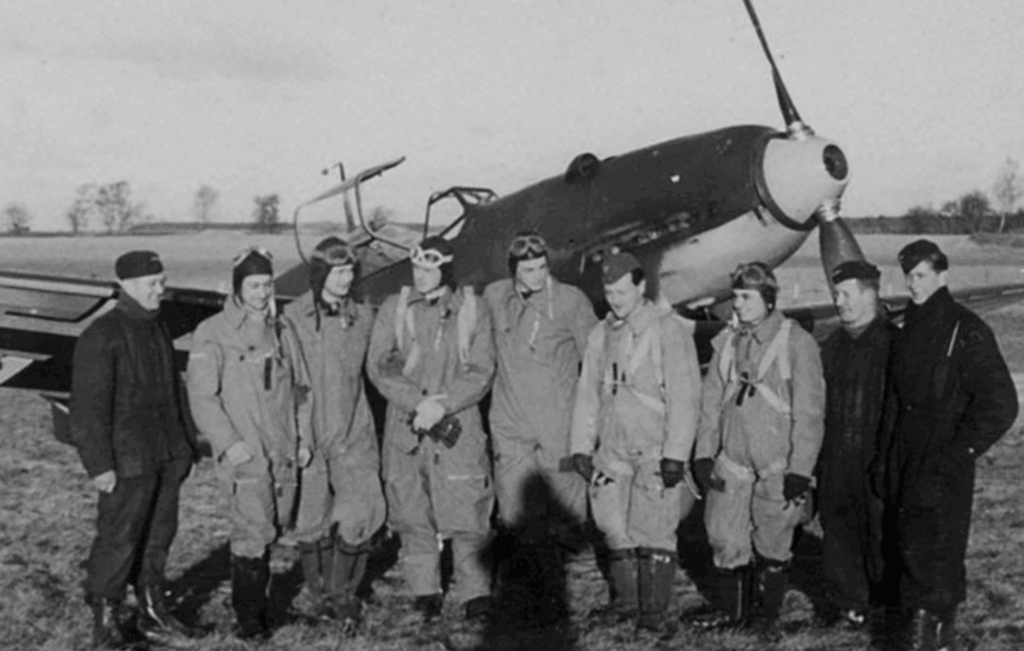
Unequal Skies
By 1918, German pilots had an undeniable advantage. They could fight aggressively, knowing they had a way out. If their aircraft was hit or caught fire, they could bail out and survive to fly again. This gave their side not just higher survival rates, but more experienced pilots. The average British newcomer had fewer than 20 hours of flight experience, while German veterans with dozens of missions kept returning. The imbalance was stark.
Reports from the front confirmed it. British pilots often saw their opponents parachute safely to the ground while their own comrades perished in flames. Captured German aviators expressed open disbelief that the British were still flying without parachutes. Some even refused to fly without one, calling it unthinkable to do so. Despite clear evidence that the policy cost lives, British command refused to reverse course until after the war.
The decision left deep scars on those who survived. The men who fought in those open-cockpit planes were among the bravest of the war, yet they were denied the most basic chance of survival. Their commanders called it discipline. History remembers it as something far more ruthless — a rule that valued machines over men.
















